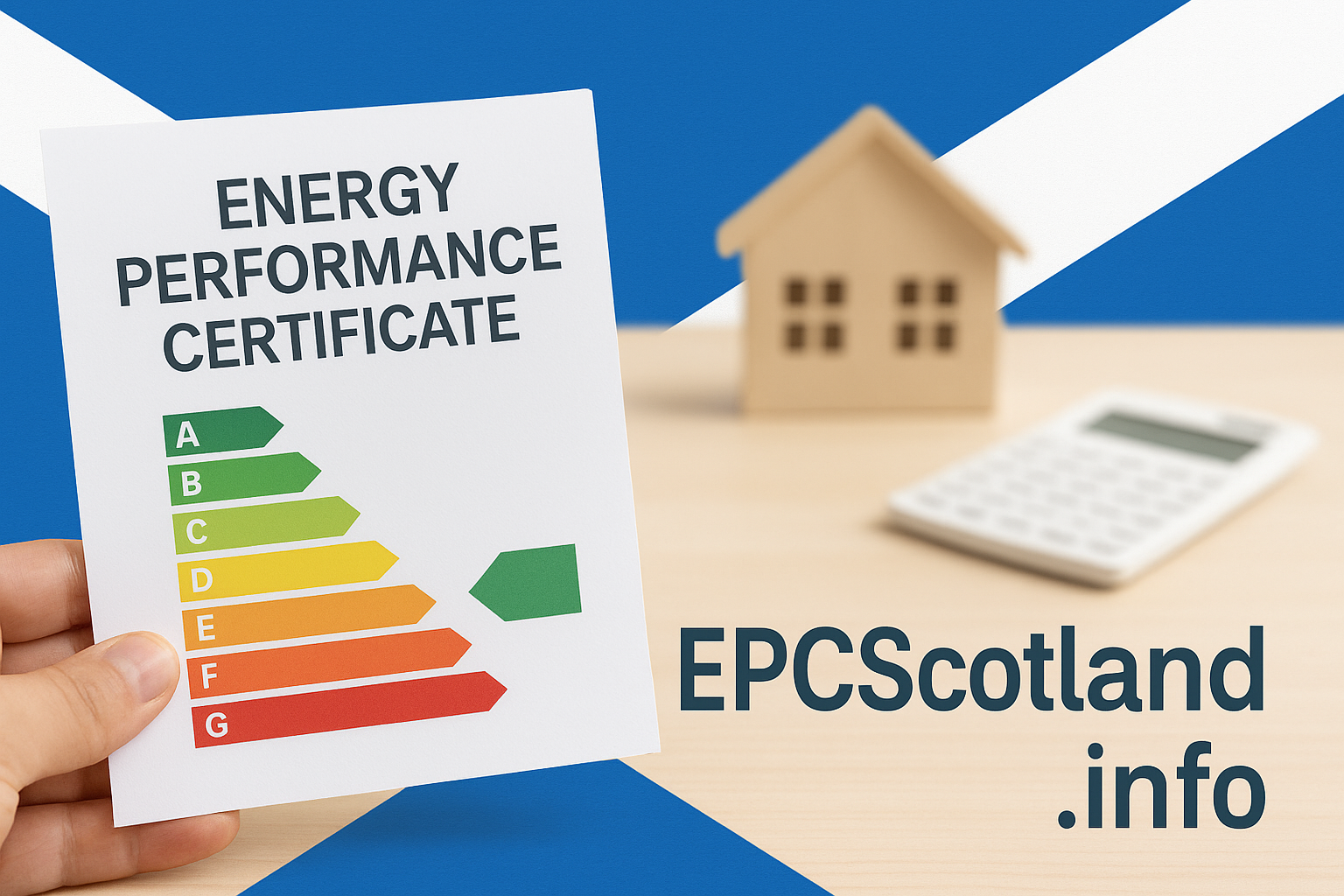What Does an EPC Assessor Do During a Survey?
When an Energy Performance Certificate (EPC) assessor visits your property, they conduct a thorough, non-invasive evaluation to determine your home’s energy efficiency. This assessment is crucial for generating an EPC, which is required when selling or renting out a property in Scotland.
1. Property Measurements and Floor Plan
The assessor begins by measuring the property’s dimensions, including floor area and ceiling heights. They may draw a basic floor plan to accurately calculate the building’s energy performance.
2. Insulation Checks
Insulation plays a significant role in energy efficiency. The assessor will:
- Loft Insulation: Inspect the loft space to measure the depth and type of insulation. If the loft is inaccessible, they may use alternative methods to estimate insulation levels.
- Wall Insulation: Determine the type of walls (solid, cavity, or insulated) and check for any existing insulation. This may involve measuring wall thickness and looking for signs of insulation.
- Floor Insulation: Assess the presence and condition of floor insulation, especially in rooms above unheated spaces.
3. Heating Systems
- Boilers: Identify the make, model, and age of the boiler. If available, provide documentation to assist in the assessment.
- Controls: Check for the presence of thermostats, timers, and thermostatic radiator valves.
- Other Heating Sources: Note any additional heating methods, such as electric heaters or open fires.
4. Windows and Doors
- Glazing: Determine if windows are single, double, or triple-glazed.
- Frames: Assess the material and condition of window and door frames.
- Draught-Proofing: Check for measures to prevent air leaks around windows and doors.
5. Lighting
The assessor will count the number of fixed light fittings and identify the type of bulbs used. Energy-efficient lighting, such as LEDs or compact fluorescent lamps (CFLs), can positively impact your EPC rating.
6. Ventilation
- Ventilation Systems: Check for the presence and condition of mechanical ventilation systems.
- Natural Ventilation: Assess the adequacy of natural ventilation through windows and vents.
- Extract Fans: Ensure that extract fans in kitchens and bathrooms are functioning correctly.
7. Renewable Energy Systems
If your property has renewable energy systems, such as:
- Solar Panels: Photovoltaic (PV) systems for electricity generation.
- Solar Thermal: Systems for heating water.
- Heat Pumps: Air source or ground source heat pumps.
- Wind Turbines: Small-scale wind energy systems.
The assessor will evaluate their type, capacity, and efficiency.
8. Photographic Evidence
To support their findings, the assessor will take photographs of:
- Key Features: Insulation, heating systems, windows, and renewable energy systems.
- Property Elevations: Front, rear, and side views of the property.
These images help in verifying the property’s energy features and are stored securely.
9. Data Entry and EPC Calculation
After the survey, the assessor inputs all collected data into an approved software program, such as the Reduced Data Standard Assessment Procedure (RdSAP). This program calculates the property’s energy efficiency and generates an EPC, which includes:
- Energy Efficiency Rating: A grade from A (most efficient) to G (least efficient).
- Environmental Impact Rating: Indicates the property’s carbon dioxide emissions.
- Recommendations: Suggestions for improving energy efficiency and reducing emissions.
Note: The EPC assessment is non-invasive and does not require any structural alterations or disruptions to your daily routine. It’s advisable to ensure that all areas of the property are accessible to the assessor to facilitate a comprehensive evaluation.
If you have any questions or need further information about the EPC assessment process, feel free to ask!

